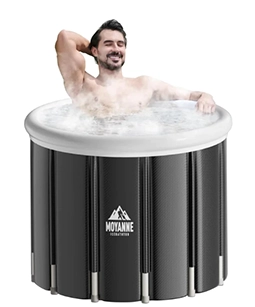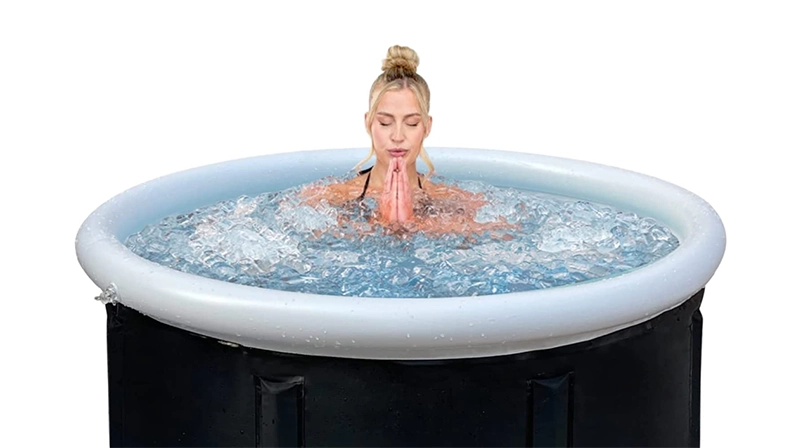In professional tennis, where the physical and mental demands are relentless, athletes continuously seek ways to maintain peak performance and accelerate recovery.
Among the methods of recoveries—from massage therapy to high-tech compression garments—one traditional method stands out for its simplicity and effectiveness: the cold plunge tub. This age-old recovery technique has been embraced by some of the world’s top tennis stars, becoming an essential part of their training regimen.
We’re not always hanging out on the various tennis betting sites, sometimes we actually play as well, and we’re interested in trying out this cold bath therapy after playing tennis matches. Let’s have a look at how it works.
The Science of Cold Immersion
Cold plunge tubs involve immersing the body in cold water, typically between 50°F to 59°F (10°C to 15°C), immediately after intense physical exertion. The cold exposure helps to constrict blood vessels and decrease metabolic activity, which reduces swelling and tissue breakdown.
Once out of the cold and as the body warms, the underlying tissues heat up, causing a return of faster blood flow, which helps return the byproducts of cellular breakdown to the bloodstream for elimination, effectively speeding up the recovery process.
Research supports the benefits of cold water immersion in sports recovery, highlighting its effectiveness in reducing muscle soreness after exercise. A systematic review and meta-analysis published in the Cochrane Database of Systematic Reviews concluded that cold water immersion reduces delayed onset muscle soreness (DOMS) 24, 48, and up to 96 hours after strength and endurance training sessions.
Cold Plunge in Tennis: A Match for Recovery

Tennis, characterized by its explosive movements, short bursts of sprinting, and long durations, places significant physical demand on athletes. Recovery is crucial, especially during tournaments where players must perform at their best over consecutive days.
Cold plunge tubs offer a quick and effective recovery solution. The immediate vasoconstriction followed by vasodilation helps flush out toxins, reduce muscle soreness, and speed up the recovery process, allowing tennis players to bounce back quicker for their next match.
Testimonials from the Court
While the privacy and competitive nature of professional athletes’ training regimens mean that not all are open about their recovery strategies, several top tennis stars have shared their use of cold water immersion as part of their recovery process.
Novak Djokovic, one of the sport’s most illustrious figures, has been known to use ice baths and cold water immersion to aid in his recovery. His exceptional endurance and ability to perform at a high level in long matches are testament to the effectiveness of his comprehensive recovery protocols, which include cold plunge tubs.
Similarly, Andy Murray has spoken about using ice baths for recovery during tournaments. Murray’s commitment to his physical conditioning and recovery has seen him through some of the most grueling matches in tennis history, underscoring the importance of effective recovery methods like cold plunge tubs.
Integrating Cold Plunge Tubs into Routine
For tennis players looking to integrate cold plunge tubs into their recovery routine, consistency and timing are key. Immersing in a cold plunge tub for 10 to 15 minutes within 30 minutes after a match or intense training session can significantly enhance recovery. However, it’s essential to listen to one’s body and consult with a sports medicine professional to tailor the recovery strategy to individual needs.
Cold Plunge Baths in Tennis
The adoption of cold plunge tubs by world-class tennis players highlights the importance of recovery in achieving and maintaining peak performance. As both science and anecdotal evidence from the pros suggest, cold water immersion is a powerful tool in the athlete’s recovery arsenal.
Whether you’re a professional athlete or a weekend warrior, incorporating cold plunge tub recovery could be the game-changer in your physical conditioning routine, helping you to recover faster, perform better, and reduce the risk of injury.
